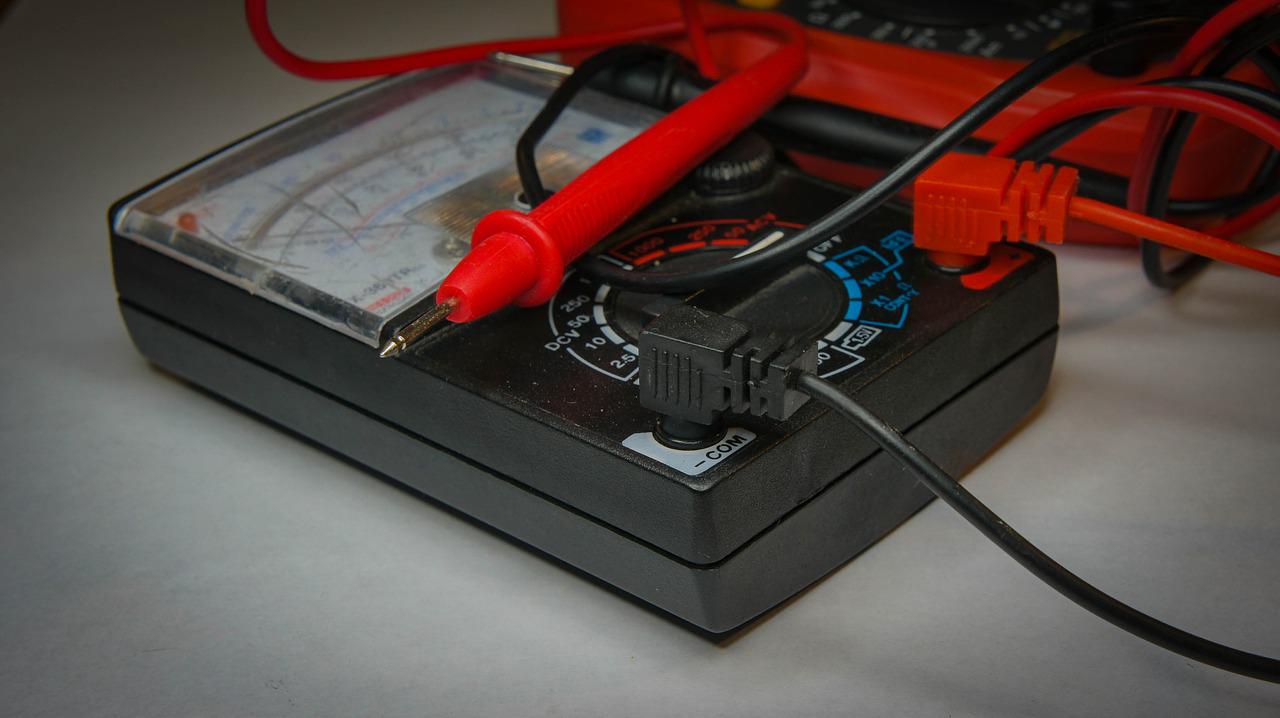Rechargeable lithium-ion batteries come in a variety of shapes and sizes. Lithium-ion batteries were originally designed in the 1970s and have since become the battery of choice for a variety of electronic devices, primarily cell phones and laptops. A life expectancy of about two to three years is a drawback of rechargeable lithium batteries, as lithium-ion batteries lose their carrying capacity over time.
In many cases, the battery is connected to a charging unit. It is usually located in the back panel, for example in a phone, and is accessible by sliding away from the screen. You may need to remove some screws to access the battery in other phones. You must check the user's system manual or test the battery being used.
This article contains detailed instructions on multimeter lithium batteries and the steps to use a multimeter to test lithium batteries, which can be very helpful for testing batteries containing lithium ions.
To understand lithium battery multimeter, first you should know what multimeter it is and what it is used for.
Multimeter
Multimeter is an electronic instrument or test equipment commonly used by every electronic technician and engineer. Multimeter is mainly used to measure three basic electrical characteristics: voltage, current and resistance. It can also be used to check the continuity of a circuit between two points.
Multimeter has many functions such as ammeter, voltmeter and ohmmeter. It is a handheld device on an electronic digital LCD display with positive and negative indicator pins. Multimeters can also be used to test batteries, household plumbing, power supplies, and motors.
Applications
Multimeter applications are mainly concerned with component testing in various electrical and electronic projects and are also used in various measurement applications, the main application of which is to test whether the battery is performing well.
Lithium Battery Multimeter
A lithium battery multimeter is a device used to test a battery containing lithium cells by measuring its voltage or current to check if the battery is in good condition or if it has reached its limit.
Yes, multimeters can be used for accurate battery testing because one of the applications of multimeters is to test batteries.
As the name suggests, multimeter means that it can perform multiple tasks, so if you are testing a battery, then you can check its voltage or current while performing the tasks of voltmeter and ammeter.
In the market, there are multimeters that can approximate the battery test load. You can add a large number of these multimeters to your kit and can check your device for its voltage and current performance when it is different from the actual situation.
The basic idea is to test whether the battery can supply enough current to the load. For this purpose, we assume that the load is the TV remote control (RC) in our case. We will check the voltage and current of the 9 volt battery.
How to check the battery voltage using a multimeter
Set up the multimeter with the battery to be measured in the table. For this route, we will use a 9 volt lithium battery.
Step 1.
We are going to measure the battery voltage. To do this, use the dip switch to select Calculate DC Voltage. When the battery is producing DC power, we must measure the DC voltage.
Step 2.
We already know that the battery voltage is 9V peak, so we will point the dial to 20V, the higher range.
Step 3.
Connect the battery test samples - black with negative, red with positive - and monitor the display.
Step 4.
The monitor should read a value below 9V. Since this battery has been in use for some time, it shows 8.74V, which is still sufficient to power the load.
Step 5.
For the other (depleted) battery, the reading looks like this.
In most cases, this calculation of the battery voltage is important to know if it is working properly.
Nonetheless, let's also calculate the amperage in milliamp hours (mAh) to make sure it can supply enough current to the load.

Now, by using a multimeter, we will measure the current of the battery.
Step 1.
Using the dial, select the current DC function and leave it at 200 mA, since we know the battery's amperage is about 100 mA.
Step 2.
Link the test sample in the same way as the measured voltage and check the screen.
It should fluctuate around 98.3, which means a current of 100mA - enough to power the TV remote's miniature PCB. Obviously, one of its best uses is to test batteries with a multimeter.
So if your TV or AC remote starts getting silly, you can quickly remove the multimeter and get an answer.
Conclusion
Therefore, it can be concluded that a multimeter has many advantages and it also saves you time in checking the batteries of devices that contain lithium ions, so it is better to buy a multimeter and keep it at home where you can sit and check it when your device behaves differently. Also, when diagnosing battery performance, it may be a good idea to get a new battery if the battery's voltage rate is half of its original fraction. This is because, when they reach the midpoint, the battery will drain faster and will lose its life quickly.
You can also use an analog multimeter to test the battery. This meter gives you an accurate, direct scale reading instead of a digital display.
Whether it's a car battery or an AA battery, testing a battery is easy and quick. The key is to try to understand the different charging positions of the different batteries that may be lying around (in your house or lab).
We hope this guide is useful for checking multimeter batteries.
